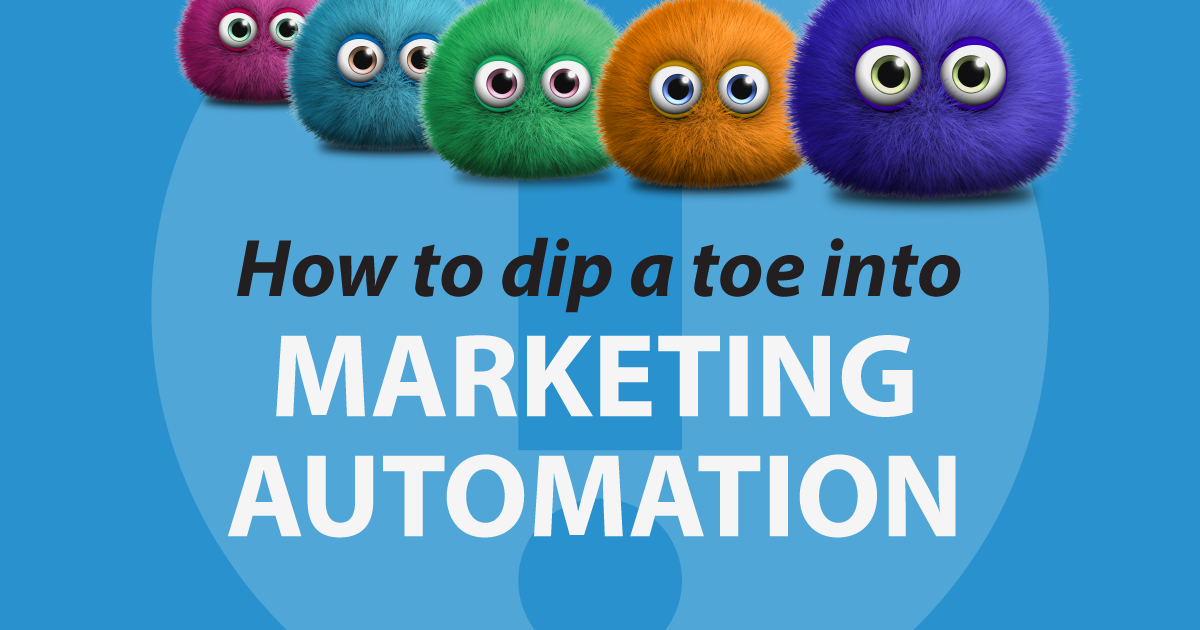
Five marketing automations credit unions should try
Marketing automation can help credit unions find members and improve loan growth. For example, automation can create and manage email campaigns, help you manage member feedback, or target content based on where members are in their personal needs.
But how do you find out which tools work best? Do you need to jump right into a full-blown CRM? In this post, we’ll focus on five kinds of marketing automation you can try out without a lot of expense and time.
1. Start small with email marketing
When you’re just starting, you don’t need to commit to a service that can do everything right off the bat. Try dipping a toe into the automation and digital marketing world by using a provider with inexpensive, simple services, such as Mailchimp or Constant Contact.
You can start with lists of email addresses and target segments of members from your available MCIF or core data, and build from there. Start with simple campaigns focused on the right targets with strong offers. As you send campaigns and track results, you’ll start to learn what works and what doesn’t.
2. Connect email to your website
Your members and potential members usually won’t jump right into filling out a loan app or opening an account based on the small amount of information in an email. Make sure you build killer landing pages on your website that make it easy for members to get all the details and take action with a click.
And of course, you’ll want to make sure the tracking code on your website connects to your email marketing, so you can understand what’s working and where members might be getting stuck.
3. Automate good word-of-mouth.
Testimonials on your website are a great way to provide social proof that your credit union is reliable and trustworthy. Marketing automation software is a great way to collect testimonials and reviews for your credit union. It’s a very effective way to convince people who have already expressed interest in your product or service.
To get members to write a review, you could, of course, send emails asking for feedback. You can also collect testimonials through surveys, or forms on your website. In addition, some online services can help with customer reviews and testimonials like testimonials.io or boast.io.
4. Automate personalization.
Studies show that personalizing website content increases click-through rates and conversion rates by up to 60%. The personalization system we use on the websites we build looks at many different variables, such as search terms, path through the website, and even location, language, or time of day to decide what content to present to a website visitor.
5. Start thinking about CRM
A CRM (customer relationship management) tool “connects the dots” between various contacts with a member. A basic CRM helps you better understand the relationships between email content, your website, and which audiences are most responsive to what offers.
More powerful CRMs can even connect the dots between phone calls, texts, social media, offline media, member service, and more. Some even specialize in credit unions. However, they’re more expensive, and they have a learning curve to use effectively.
Once you have experience with the basics of marketing automation, you’ll be in a position to understand what CRM features to look for when you’re ready to go to the next level.
Final Thoughts
Even the simplest forms of marketing automation can be very effective. But learning to use marketing automation to its full potential takes time and experience. That’s where specialists like iDiz Inc. can help with developing an automation strategy and building effective campaigns and websites.
- Your Granny’s on TikTok. Oh my! - May 17, 2022
- Five marketing automations credit unions should try - February 21, 2022
- Giving thanks and sharing some Monstrously Munchy Recipes - November 22, 2021
